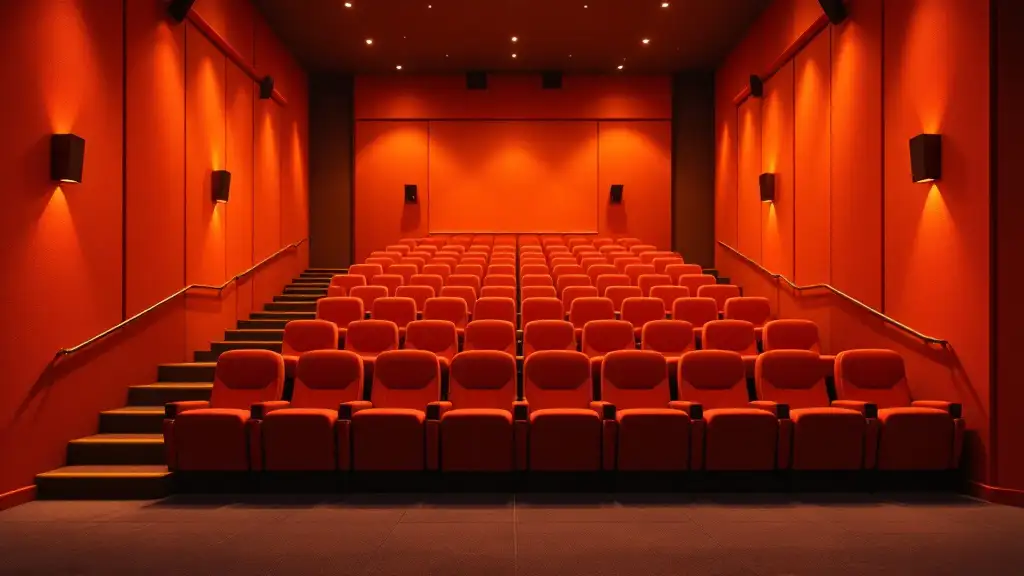Creating Inclusive Cinematic Experiences for All
Bringing autism-friendly adaptations into community cinema.
As awareness of sensory sensitivities and neurodiversity grows, designing autism-friendly movie events has become a vital part of fostering community inclusion. These events aim to create accessible, comfortable environments where all individuals, especially those with autism, can enjoy movies without sensory overload or discomfort. This comprehensive guide outlines best practices, environmental modifications, and community resources to implement successful, inclusive cinema experiences, ensuring that everyone has the opportunity to participate in shared entertainment.
Understanding the Scope of Sensory-Friendly Film Events
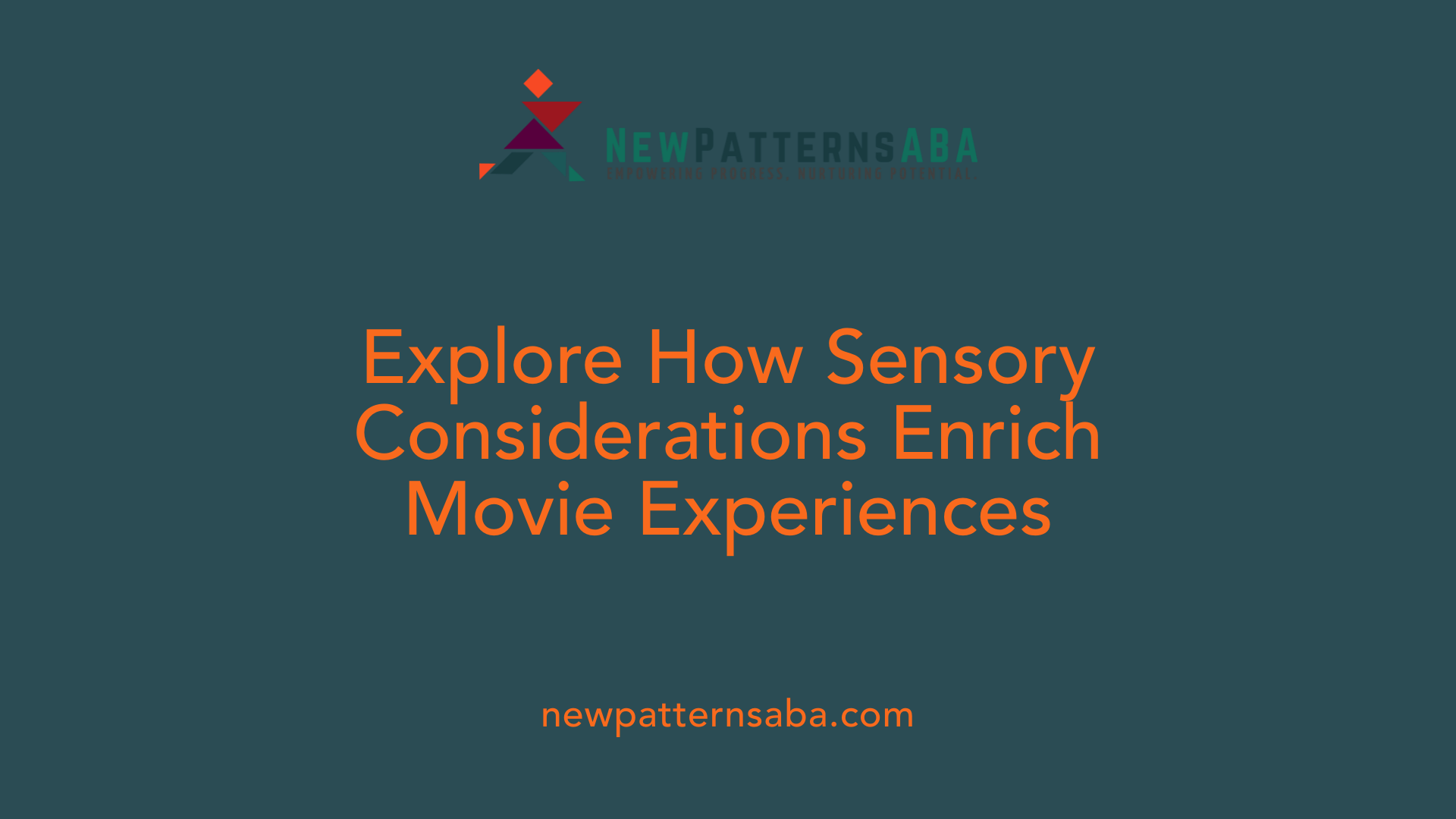
What are sensory considerations across the eight senses?
Sensory-friendly movie events are carefully designed to accommodate all eight senses: sight, sound, touch, taste, smell, vestibular (balance and movement), proprioception (body awareness), and interoception (internal body sensations). Adjustments such as dimming lights, reducing sound volume, and creating quiet zones help address visual, auditory, and tactile sensitivities. Incorporating visual supports, soft textures, and gentle movement options ensures a holistic approach to sensory comfort.
How do these events support individuals with various disabilities including autism, PTSD, and hearing loss?
Sensory-friendly screenings provide an inclusive space for people with diverse conditions. For example, children with autism or sensory processing disorders often find traditional theaters overwhelming due to bright lights and loud noises. PTSD and hearing loss also benefit from muted sounds and visual modifications. Features like noise-canceling headphones, sensory kits, and adjustable lighting help reduce anxiety and overstimulation, making the cinema experience accessible.
What is the impact of sensory overload on individuals?
Sensory overload can cause stress, anxiety, and physical discomfort, often leading to withdrawal or emotional outbursts. For individuals with autism or PTSD, these reactions can hinder enjoyment and participation in community activities. Sensory-friendly events aim to minimize these triggers—by controlling environment factors and offering sensory tools—enabling attendees to engage more comfortably and confidently.
| Aspect | Adjustment Strategies | Why It Matters |
|---|---|---|
| Sight | Dimmable lighting, visual cues | Reduces visual overstimulation, helps navigation |
| Sound | Lowered volume, quiet zones | Lessens auditory overload and stress |
| Touch | Soft textures, sensory kits | Provides comfort and tactile regulation |
| Smell | Minimized strong scents | Avoids scent-related distress |
| Movement | Relaxed rules, movement breaks | Supports vestibular and proprioceptive needs |
Creating inclusive movie experiences involves thoughtful planning and embracing sensory adjustments. These efforts not only support individuals with disabilities but also foster a welcoming environment for everyone to enjoy cinema without anxiety or discomfort.
Core Elements of Sensory-Accessible Venues
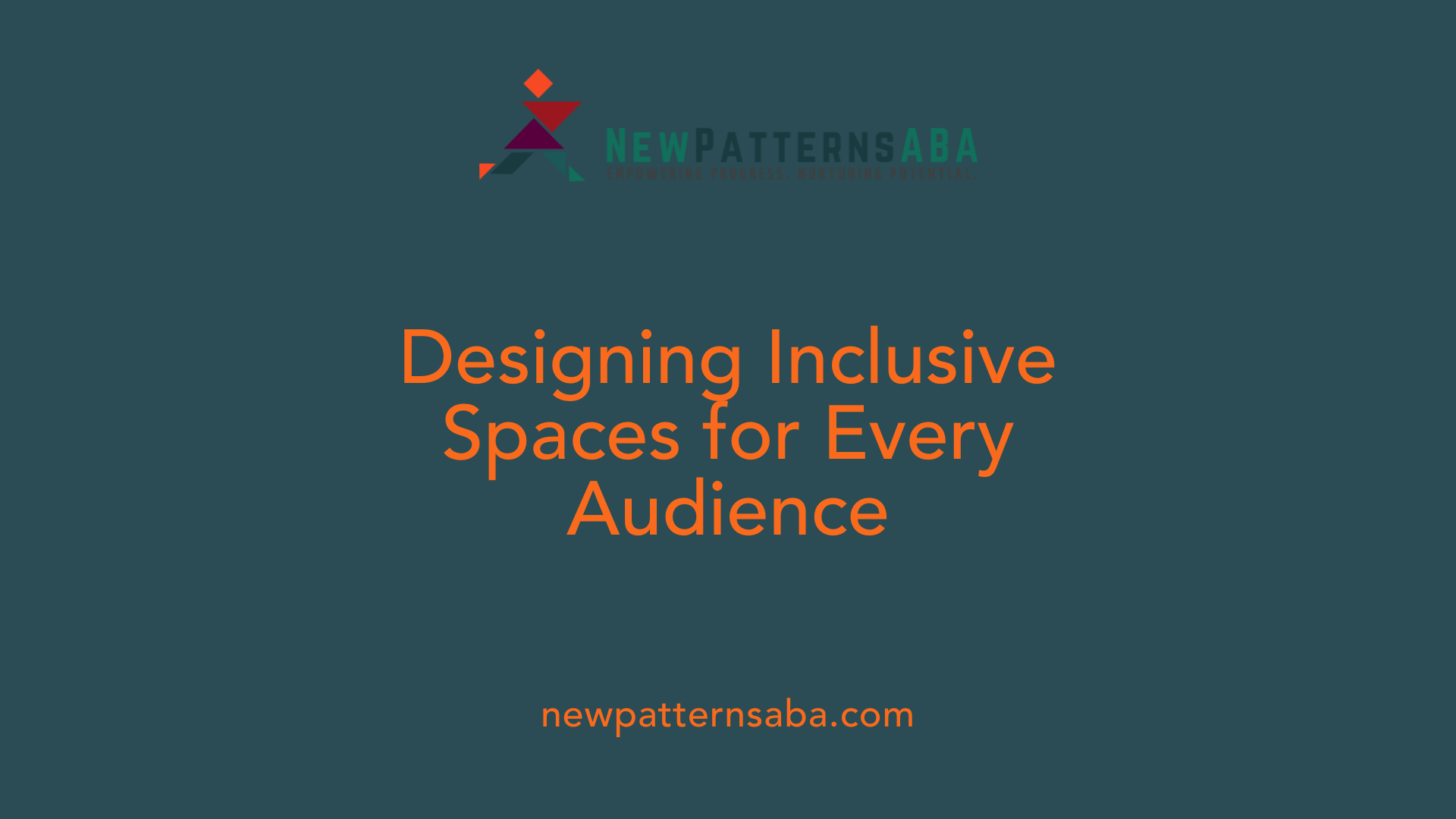
How can environmental modifications support autistic viewers during screenings?
Environmental modifications are essential in creating inclusive movie experiences for autistic viewers. These adjustments help reduce sensory overload and provide comfort, enabling everyone to enjoy the screening.
One fundamental strategy involves controlling lighting and sound levels. Dimming the lights without turning them off entirely, and lowering the volume of the audio, creates a calmer environment that is less likely to be overwhelming.
Providing sensory aids such as noise-canceling headphones, sunglasses, or fidget tools allows individuals to manage their sensory input more effectively.
Designated quiet zones and sensory-friendly spaces are also important. These areas offer a retreat where viewers can self-regulate if the environment begins to feel too intense.
Visual supports, including schedules, signage, and routines, help prepare attendees for what to expect and ease transitions during the event.
Additionally, structural modifications like sensory zoning, calm corners, and soft textures can enhance comfort and engagement.
Together, these environmental modifications foster a welcoming atmosphere that addresses the diverse needs of autistic viewers, ensuring screenings are accessible and enjoyable for all.
Training and Preparing Staff for Inclusivity
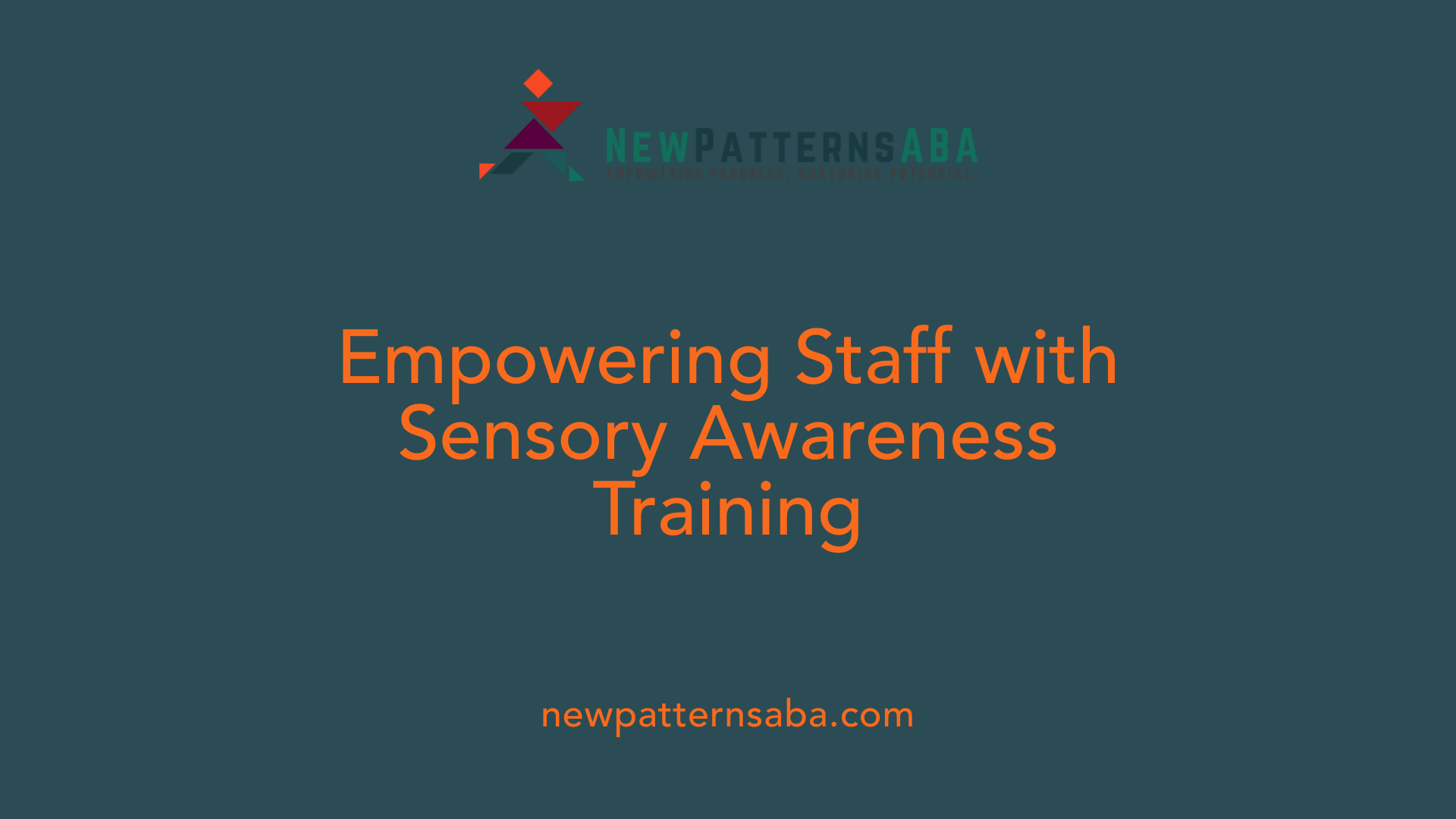
How important is sensory awareness training for staff and volunteers?
Proper training in sensory awareness is essential for staff and volunteers involved in sensory-friendly events. This education helps them recognize signs of sensory overload or distress among attendees, enabling timely intervention and reassurance. Staff trained in sensory sensitivity are better equipped to manage situations calmly and supportively, creating a welcoming environment.
What strategies are effective in managing guest expectations?
Managing guest expectations begins with clear communication about what the event will involve. Inform attendees about the modifications—such as reduced noise levels, dimmed lighting, and flexible rules—and what they can do to feel most comfortable. Providing social stories or visual schedules beforehand helps prepare participants for what to expect. Volunteers and staff should be approachable, patient, and ready to accommodate individual needs.
How do cultural and religious sensitivities influence inclusive event planning?
Cultural and religious considerations should be integrated into planning to ensure all guests feel respected and comfortable. This may involve avoiding certain themes or imagery that could be sensitive, providing prayer or quiet rooms, and offering culturally appropriate food options. Conducting research and consulting community leaders can help create an inclusive environment that honors diverse backgrounds.
What community resources and practical tips are available for planning inclusive movie events?
To create successful inclusive movie screenings, collaboration is vital. Local organizations specializing in disability services and sensory needs—such as Autism Speaks or Easter Seals—offer valuable resources and guidance. Conducting physical environment audits ensures features like ramps, accessible restrooms, and sensory-friendly modifications are in place. Training staff on inclusive practices, including communication aids like sign language interpreters or captioning, enhances accessibility.
Leveraging technology, such as live captioning or virtual participation options, broadens inclusivity. Thoughtful marketing—highlighting the sensory-friendly nature without revealing details that might cause anxiety—is also important. Post-event feedback from participants helps identify what worked well and what can be improved, promoting continuous enhancement of the experience.
How can theaters and event organizers incorporate these practices?
Theaters can designate specific sensory-friendly screenings, like weekend matinees, with accommodations such as lowered sound, soft lighting, and quiet zones. Training staff in sensory awareness and ensuring the physical space is welcoming are critical steps. Partnering with organizations and community groups facilitates outreach and promotes awareness.
In summary, preparing staff through specialized training, managing expectations with clear communication, and respecting cultural differences are foundational for inclusive, sensory-friendly movie events. When combined with strategic planning and community partnerships, these efforts foster an environment where all attendees can enjoy entertainment comfortably and confidently.
Hosting Kinesthetic, Sensory-Aware Cinema Experiences
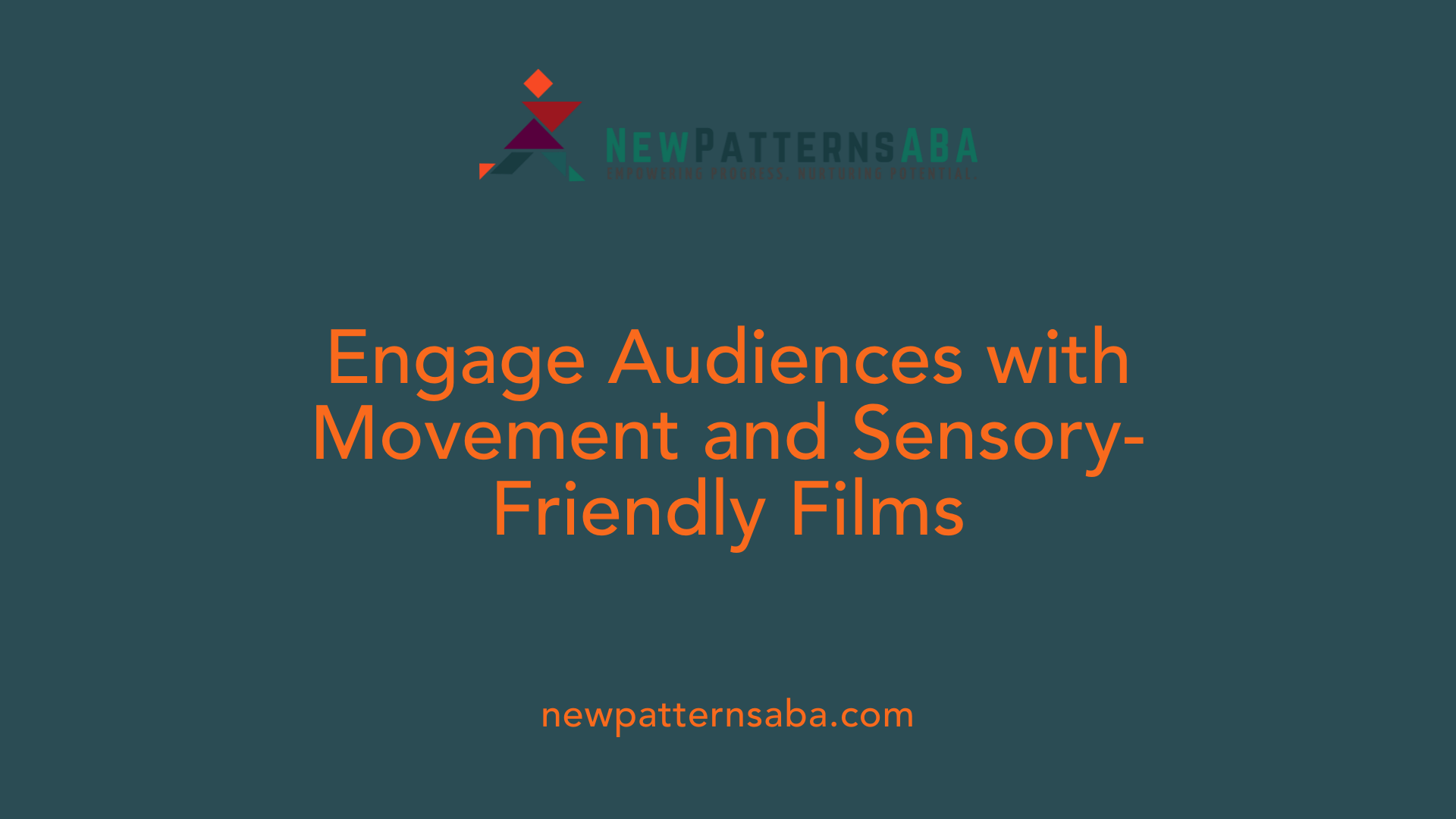
What strategies can be used to host kinesthetic, sensory-aware cinema experiences?
Creating a sensory-friendly film environment that caters to individuals with sensitivities involves several thoughtful modifications. One of the most important steps is adjusting the audiovisual setup. Lowering sound levels to a comfortable volume—often around 50-60 decibels—and dimming the lights to about 20-30% help reduce overwhelming stimuli. To prevent flashing lights and strobe effects, organizers should avoid using strong visual effects that could trigger sensitivities.
Incorporating tactile activities and sensory kits can significantly enhance comfort and engagement. Providing guests with sensory kits containing fidget toys, noise-canceling headphones, sunglasses, and visual aids allows individuals to manage sensory input actively. These tools give attendees control over their experience while encouraging participation.
Designing spaces that promote movement and fidgeting is also crucial. Open areas for stretching or walking around, designated quiet zones, and clear signage help guests navigate comfortably. Allowing the freedom to move, talk, or take breaks without stigma contributes to a more inclusive environment.
Staff training in sensory awareness is vital. When team members understand sensory sensitivities, they can better support guests with patience and empathy. Partnerships with autism organizations and community groups further strengthen the event’s accessibility.
Scheduling shows at times suitable for sensory-sensitive audiences—such as weekend mornings—and collecting feedback after each event enables continuous improvement. This combination of environmental adjustments, sensory tools, and trained staff fosters an enriching cinema experience that respects and accommodates diverse sensory needs.
Best Practices for Autism-Friendly Screenings

What are best practices for organizing autism-friendly movie screenings?
Organizing movie screenings that are accessible and comfortable for individuals with autism involves multiple thoughtful strategies. First, creating a calm and welcoming environment is essential. This can be achieved by adjusting lighting to keep it dim but sufficient for visibility, thus reducing visual stimuli that might cause distress.
Sound levels should also be carefully managed. Lowering the volume prevents sensory overload and makes it easier for attendees to enjoy the film without feeling overwhelmed. Providing sensory tools such as noise-canceling headphones, sunglasses, and fidget toys can help guests manage sensory input comfortably.
Designating quiet zones within the venue allows guests to take breaks as needed, helping them reset if the environment becomes too stimulating. These areas should be equipped with comfortable seating and minimal distractions.
Training staff on autism awareness and inclusive communication is crucial. Staff should understand sensory sensitivities and be prepared to provide assistance. This training ensures staff can support guests effectively and respond empathetically to their needs.
Promoting these screenings through partnerships with autism organizations, such as Autism Speaks or Easter Seals, enhances awareness and encourages community participation. Clear signage and social stories detailing what to expect at the event also help attendees feel prepared and comfortable.
Finally, collecting feedback after each event allows organizers to identify areas for improvement. Continuous refinement based on attendee input ensures that future screenings are even more accommodating and enjoyable.
Implementing these practices not only supports sensory needs but also promotes broader inclusion, making cinema a space where everyone can participate in a relaxed and friendly atmosphere.
Structural and Programmatic Adjustments
How do environmental modifications support autistic viewers during screenings?
Creating a sensory-friendly movie environment involves thoughtful structural and scheduling adjustments. Designating quiet spaces and sensory zones is crucial. These areas allow individuals with sensory sensitivities to self-regulate and take breaks if needed, helping them stay comfortable throughout the event.
Choosing appropriate timing for screenings is equally important. Scheduling these events during less crowded times, such as weekend mornings or early afternoons, helps reduce overstimulation and makes the environment less overwhelming.
Minimizing stressful content and announcements enhances accessibility. Avoiding flashing lights, strobe effects, or intense visual stimuli prevents discomfort and reduces sensory overload. Additionally, limiting the number of announcements and steering clear of activities that might cause anxiety — such as post-movie Q&As — create a calmer atmosphere.
Effective use of clear signage guides attendees through the venue, facilitating easy navigation and helping individuals feel more at home. These environmental modifications foster a more inclusive experience, allowing viewers with autism and sensory sensitivities to enjoy movies comfortably and confidently.
Partnerships, Promotion, and Community Engagement
Building strong collaborations with autism and disability organizations is vital for creating truly inclusive movie events. Organizations such as Autism Speaks, Easter Seals, and local disability advocacy groups provide valuable planning support, resources, and outreach networks. Partnering with these groups ensures that events meet the specific needs of sensory-sensitive populations and that the community is aware of the available accommodations.
Effective promotion of sensory-friendly screenings involves using inclusive messaging and imagery. Your marketing materials should emphasize accessibility, understanding, and community involvement rather than just the event details. This approach helps attract families and individuals who might otherwise feel apprehensive about attending traditional screenings.
In addition, providing social stories and visual guides prior to the event can help prepare attendees. These tools outline what to expect, describe the environment, and explain any rules, such as allowances for movement or vocalization. Doing so reduces anxiety and helps create a welcoming atmosphere.
Collecting feedback after each event is essential for ongoing improvement. This can be achieved through surveys, comment cards, or direct conversations with attendees and their families. Feedback points out what worked well and what areas need adjustment, fostering continuous development of the event experience.
Community engagement extends beyond the event itself. Maintaining open lines of communication with local organizations and participating in community forums or outreach programs can build trust and encourage repeat participation. It also demonstrates a commitment to inclusivity and accessibility.
For planning support and outreach, involving community organizations can significantly enhance event success. They can help tailor activities, find suitable venues, and spread awareness broadly, ensuring that sensory-friendly screenings reach the widest possible audience.
Overall, partnerships, inclusive promotion, and feedback are the pillars of creating events that genuinely serve and integrate neurodiverse and sensory-sensitive members of the community.
| Strategy | Description | Resources & Tips |
|---|---|---|
| Collaborate with organizations | Partner with autism and disability groups for planning and outreach | Contact local chapters of Autism Speaks, Easter Seals, or similar organizations for support |
| Promote inclusively | Use messaging and imagery that highlight accessibility | Emphasize community, support, and inclusivity in marketing materials |
| Use social stories | Prepare attendees with visual guides describing the event | Share social stories beforehand via email or event pages |
| Collect feedback | Use surveys and direct communication | Implement feedback forms and engage with community inputs regularly |
Evaluating Accessibility and Demonstrating Leadership
How is post-event feedback used to improve sensory-friendly events?
Collecting feedback after sensory-friendly movie nights or events is crucial for identifying what worked well and what could be enhanced. Attendee surveys, partner organization insights, and staff observations provide valuable data. This information helps organizers fine-tune venue accommodations, activity options, and staffing needs.
Adjustments may include modifying lighting levels, sound management, or the arrangement of quiet zones based on participant experiences. Continuous improvements ensure that the environment remains welcoming, comfortable, and accessible for all attendees.
How does hosting sensory-friendly events showcase leadership in accessibility?
Offering sensory-friendly movie experiences demonstrates a commitment to community inclusivity. It positions organizations as leaders in accessibility by actively addressing the needs of neurodiverse populations and sensory-sensitive individuals.
These efforts promote awareness and encourage other venues and event organizers to adopt best practices. Partnering with respected organizations, like Autism Speaks or Easter Seals, amplifies the impact and visibility of inclusive initiatives.
How can organizations expand their inclusive programs?
Building on initial successes, organizations can develop more diverse and widespread inclusive initiatives. This includes offering sensory-friendly screenings regularly, creating dedicated sensory rooms in community spaces, and training staff across multiple venues.
Increasing outreach through collaborations, social media, and community events raises awareness and encourages participation. These steps foster an environment where everyone feels welcomed and valued, reinforcing the organization's leadership role.
| Aspect | Approach | Additional Details |
|---|---|---|
| Feedback Collection | Post-event surveys | Gather input from attendees, parents, and staff to refine future events |
| Community Leadership | Partner with organizations | Collaborate with autism and disability groups to set standards |
| Program Expansion | Regular and diverse offerings | Include sensory-friendly live performances, festivals, and workshops |
By continuously evolving its offerings, an organization can demonstrate ongoing commitment to accessibility, setting a positive example for others in the community.
Towards a More Inclusive Cinema Experience
By thoughtfully implementing environmental modifications, staff training, community collaboration, and continuous feedback, organizers can develop truly inclusive movie experiences that cater to diverse sensory needs. These efforts not only improve accessibility for individuals with autism and other sensitivities but also encourage a broader culture of inclusion within the community. As more theaters and organizations embrace sensory-friendly practices, the vision of universal accessibility in entertainment gradually becomes a reality, enriching social bonds and promoting belonging for all.
References
- How to Create Sensory-Friendly Events
- Creating a Sensory-Friendly Movie Experience for Children ...
- How To Host a Sensory Friendly Movie Showing
- Creating Welcoming Recreational Spaces for Individuals ...
- Sensory-Friendly Film Festival Screenings: Practical Tips ...
- Sensory friendly movie showing
- Sensory-Friendly Film Festival Screenings: Practical Tips ...
- Adapting your environment

